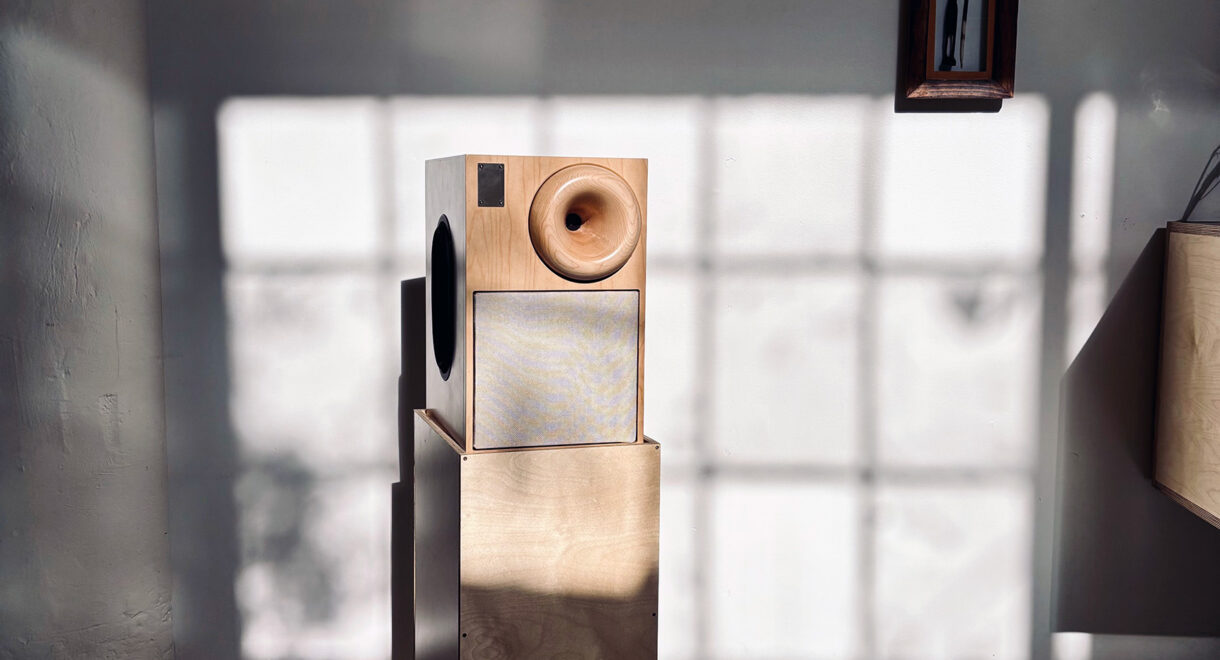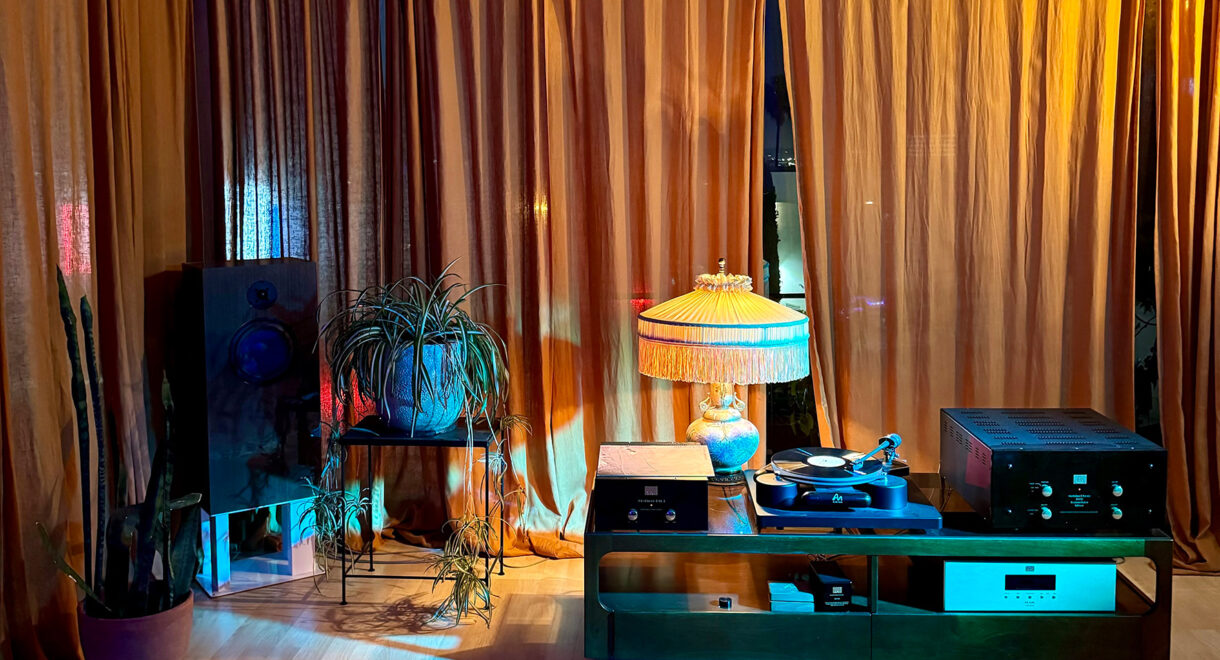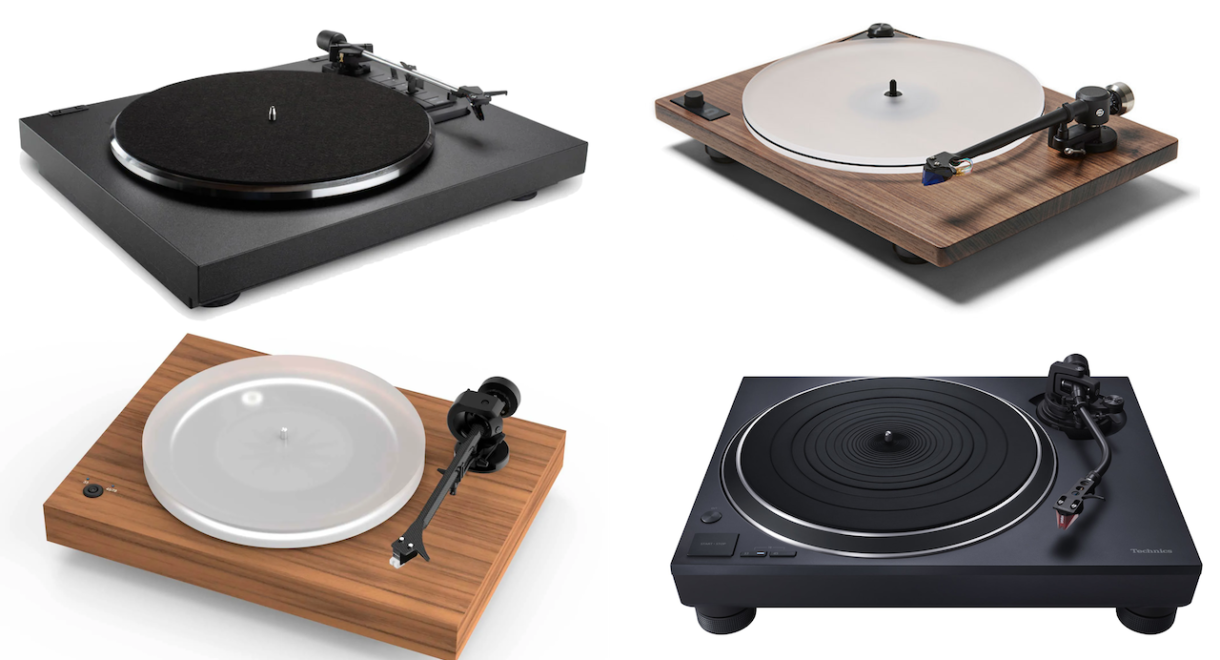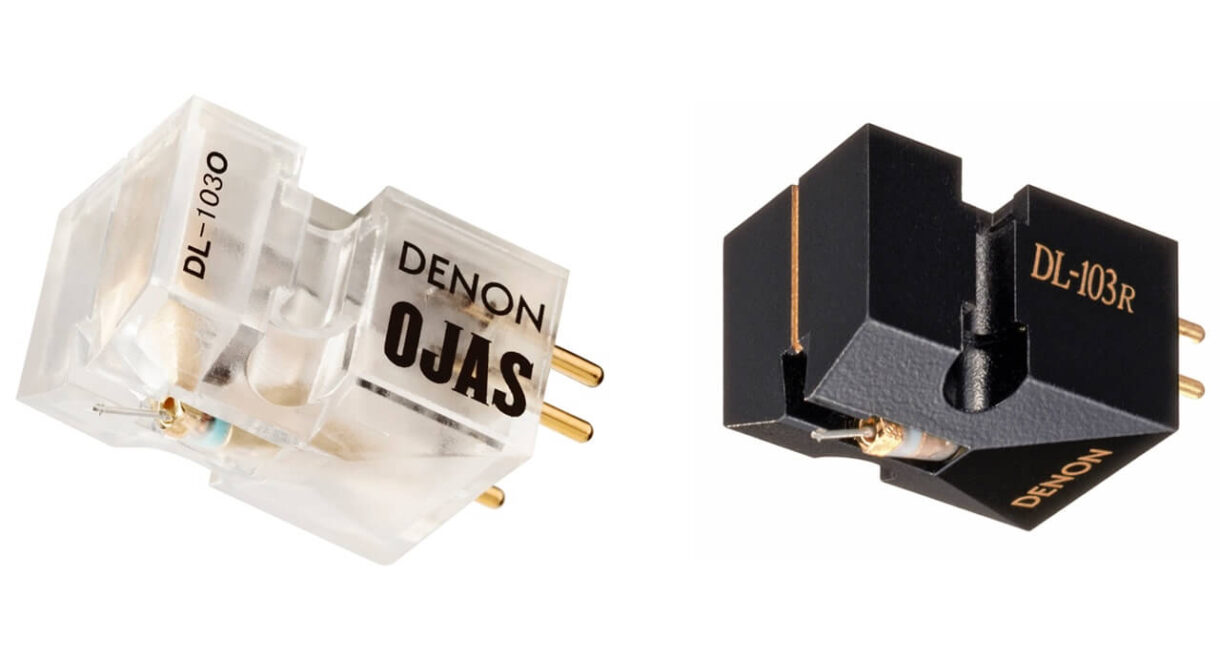Transparent clarity, deep bass, and “Invisible Sound” from German audio company ADS. Background: One of the lesser known hi-fi brands of the ’70s, ADS (Analog and Digital Systems) […]
Quad 303 Power Amplifier and 33 Pre/Tuner: The Budget Audiophiler

The Quad 303 and 33 are two of the best British vintage audio components from before you were born. How do they sound decades later?
As much as I want to say that all of the great vintage audio came out of New York in the 1960s, that’s certainly not the case. We’re going to take a trip across the pond this week to discuss one of the most important British audio brands that is still going strong as part of the International Audio Group (Wharfedale, Audiolab, Mission, Castle Acoustics) and whose vintage audio products are heavily sought after by audiophiles.
The Quad ESLs established the brand as a major player in the world of high-end audio in 1957, but we’re not going to focus on Peter Walker’s revolutionary electrostatic loudspeakers right now – our focus is going to be on the Quad 303 power amplifier and 303 Control Unit.

Started after WWII and under the direction of Peter Walker, Quad introduced their first amplifier, the Quad 1, and subsequently in 1953, the Quad 2.
Both were tube amplifiers and are quite collectible now if you can find a set. Everything changed for the company in 1957 with the introduction of the Quad ESL loudspeakers. The ESL, contrary to any other stories, was not their first loudspeaker. It was their first commercial success in the category.
The original ESL, in production between 1957 and 1985, has been hailed in almost every audio publication in the world as one of the most important speakers of the 20th century. It was succeeded in 1981 by the ESL-63, which remained in production until 1999.
For all of its remarkable transparency, the Quad ESL was a very difficult loudspeaker to drive. If you’ve never heard a pair in great working condition, it’s an experience worth having. Especially when you realize that the technology is from almost 60 years ago. The listening sweet spot is also remarkably small; basically, one person.
Vintage audio fans will spend a lot of money for a restored pair; and as I’ve discovered recently the same group of people have a lot of respect for the Quad 303 and 33.
Quad introduced their first transistor amplifier unit in 1967 and that is where the Quad 303 and 33 enter the picture. Quad did not have a wide catalog of products unlike many of their competitors, and purposely built their products to have a long life cycle.

The first thing you notice about all of the Quad solid-state equipment is that it looked nothing like any of the other equipment of the period; and nothing like anything that has come since. None of the U.S. or Japanese manufacturers created anything that looked or sounded like the Quad products of the period.
The tuner, preamp, and amplifier were all separate units; you could hide the amplifier away from view leaving just the 10 ¼” wide and 6” deep preamplifier and tuner visible.
The Quad 303 used rather interesting heatsinks to dissipate heat and while it benefits from ventilation, Quad knew that users would place it inside a console or cabinet.
Compared to the 20-24” wide models being created in Japan and the United States, the Quad 33 mini stack could fit just about anywhere. The Quad cases are grey metal with plastic orange and white buttons in contrast to the normal metal faceplates of the time that were common with Fisher, Marantz, and McIntosh.
Audio reviewers were unduly harsh in their criticism of the color scheme, but consumers had a very different opinion about it. I find Quad’s choice of grey metal combined with the orange tuner dial, and white buttons to be strikingly more interesting than anything else being offered at the time from most of the manufacturers. McIntosh and Marantz had a very distinct look that is still prized today and the consensus online among collectors is that Quad hit one out of the park.
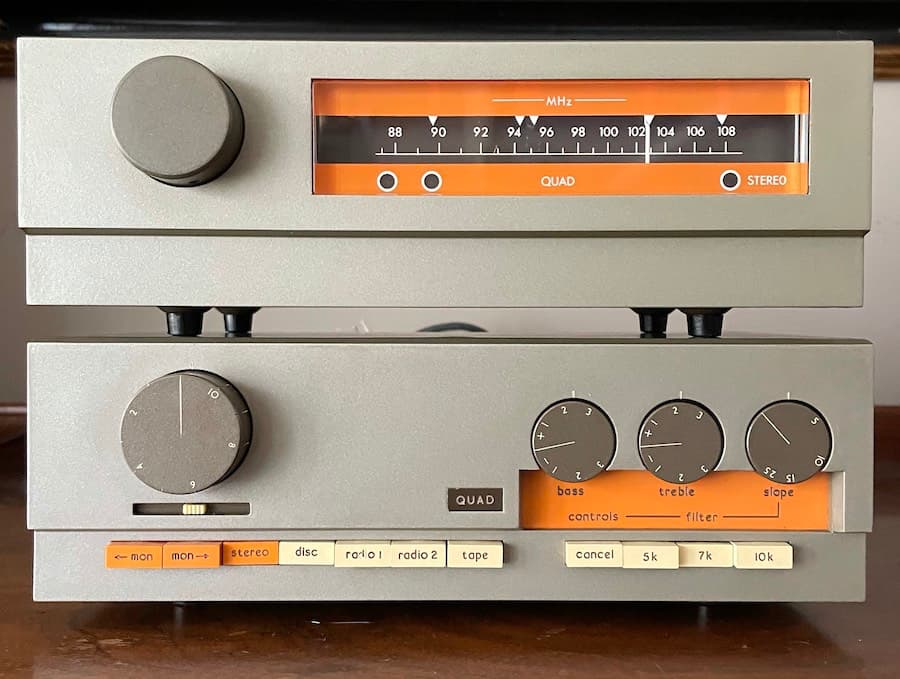
Quad 33 Control Unit
The Quad 33 Control Unit features a Radio 1, Radio 2 (AUX), Disc (phono everywhere else on the planet), and 2 Tape inputs (one for record/play and one for playback only). The first thing anyone will notice is the use of DIN inputs. Naim Audio have used DIN plugs for decades and there are a number of companies making 3rd party RCA to DIN cables/plugs that you can use to connect the 303 to the 33 and sources.
Not the end of the world as they can still be found but if you have a chance to buy one of these units ensure cabling is part of the deal; especially the Quad power cords as they are unlike anything I have seen in other units. Speakers are easily connected with banana plugs.
The Control Unit and Tuner weigh 6.5 pounds while the amplifier comes in at 18 pounds.
Aside from the volume dial, you can adjust the sound with bass, treble and slope dials as well as 5k, 7k, and 10k button filters. These are for removing record surface noise and high frequency distortion when used in concert with the slope dial. Quad provides diagrams for this in their instruction booklet, but I found it just as easy, and enjoyable to try the variety of options to dial in the sound I like.
The Cancel button allows you to hear the music without alteration and having to adjust any of your preferences. A modern version of a bypass switch.
Quad 303 Amplifier
The Quad 303 is rated at a very respectable 45 watts per channel into 8 ohms making this very easy to pair with speakers of the time. When I cracked open the case, I appreciated the forward thinking layout which was designed for easy servicing; something that is not the case with a lot of the receivers from the 1970s.
Quad wanted these components to last and if parts had to be replaced, the goal was to make it easy for a qualified technician or owner to do so.
I’ve seen restorers of these products change the DIN connections to RCA input jacks and that’s certainly an option if you have technical ability to do it.

The Quad Sound
The Quad 303 and 33 definitely have a sound; and I’ve noticed from other users online that a lot of people like them with the BBC LS3/5a models (15 ohm version produced by Rogers is a very good choice), Quad ESLs, Tannoy, Wharfedale Diamond Series, and older KEF and Spendor loudspeakers.
I would not blast music through the Quad 303. It was designed to work with high impedance loudspeakers (8 ohm or higher) at conversation levels.
In terms of my own vintage loudspeakers, I found the experience rather interesting.
I used the Quad 303 and 33 in my main system with the Ohm F’s on a Niles A/B switcher with the other system being a McIntosh C28 with an SAE 2500 amplifier.
With some adjustments of the filters, tone, slope, and volume, — it was actually hard to tell the two systems apart. It was really that good. The Quad combination is definitely “well mannered” and certainly not a forward sounding combination with propulsive bass response. You need to adjust the tone and filters to create a more “modern” sound.

One area where the Quad 303 and 33 truly shine is when you adjust the sound to conversation levels with better recordings. The warm tonal balance is almost impossible to ignore but the detail retrieval was surprisingly quite good.
Some might find the overall presentation slightly too relaxed, but I think it really depends on your choice of loudspeaker and I was quite amazed at how much I enjoyed music through this combination. It’s definitely a pairing I want to own at some point.
Not everyone has a pair of Ohm F’s available, so I also used the Quad 303 and 33 with my Dynaco a25’s, Advent Large, and my new EPI M100’s. The 303 drove them all quite effortlessly, highlighting the bass response of the Advents, and the overall balance of the Dynaco loudspeakers.
The Quad 303 and 33 threw me for a loop. I didn’t know what to expect and they were a wonderful combination that made a lot of modern music (especially poorly recorded albums) sound a lot better. They are popular with collectors so prepare to pay a decent amount for a set in very good condition.
There are people who specialize in their restoration but that comes with a serious price tag. Quad hit one out of the park with the 303/33 combination and I think music lovers in the U.K. were very lucky to get their hands on them first.
This article originally appeared at ecoustics.com and has been published here with permission.





